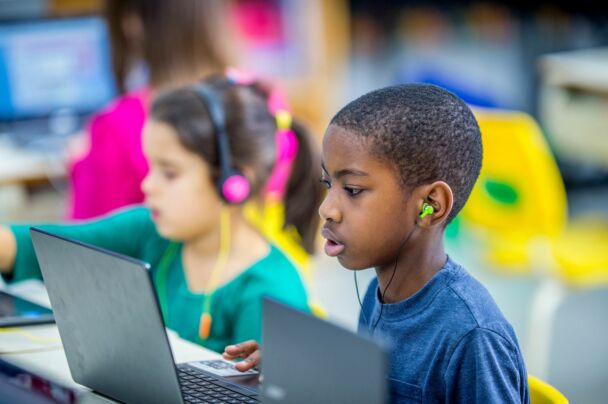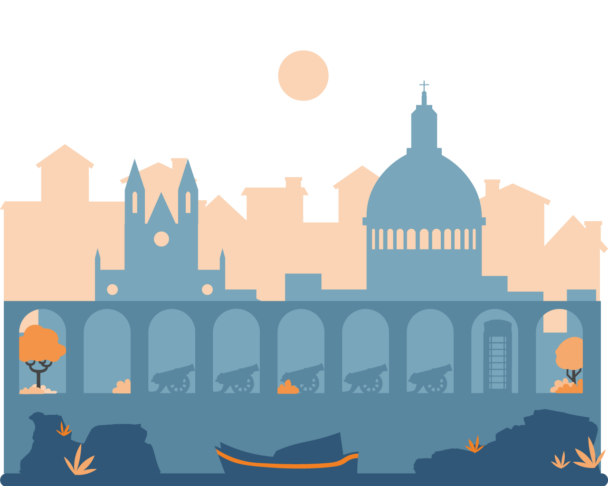Description
Basic Computer Proficiency required. Read more »
Basic computer proficiency courses are designed for individuals who have limited experience with technology. Participants will learn fundamental skills such as navigating the web, and using basic programs.
Flipped education is a type of blended learning where students are introduced to content at home and practice working through it at school. This is the reverse of the more common practice of introducing new content at school, then assigning homework and projects to be completed by the students independently at home.
Flipped education then requires learners to access new content remotely. This is the critical moment when their motivation might drop, thus impairing the whole learning process…
… can teachers do something to engage students at this delicate moment?
The course will clarify how to create innovative and creative audiovisuals that school teachers can use to present curricular content and empower their flipped education sessions.
Thus, the course will help participants discover the methodology of flipped education while also teaching participants how to use interesting ICT tools and apps to create videos, animations, and audio, and merge all these formats into engaging learning activities available for asynchronous and remote learning.
Participants will learn how to create a flipped classroom environment through video essays and audiovisuals. They will also explore various tools and platforms that will help them to create engaging and interactive video essays that can be used to enhance their teaching practices.
Moreover, participants will learn formal and informal strategies to teach video essay creation to their students and they will learn the basics of storytelling in audio-visuals.
Finally, they will learn to use the acquired skills to support students in creating audiovisuals to present their own learning.
By the end of the course, participants will master the basics of fundamental ICT tools to create audio-visuals and video essays. They will have the skills and knowledge to manage flipped education in a novel way, create their own video essays, and teach their students how to create theirs.
Requirements
Suggested computer proficiency: Basic
What is included
Learning outcomes
The course will help the participants to:
- Develop an understanding of the concept and benefits of the flipped classroom;
- Acquire knowledge and skills in video-essay creation tools and platforms;
- Create engaging and interactive video essays that enhance teaching practices;
- Develop storytelling skills through video essay creation;
- Enhance ICT competence and digital media literacy;
- Develop audiovisual expertise through video essay creation;
- Develop formal and informal strategies to teach video essay creation to students.
Tentative schedule
Day 1 – Course Introduction
- Introduction to the course, the school, and the external week activities;
- Icebreaker activities;
- Presentations of the participants’ schools.
Introduction to Flipped Classroom and Video-Essays
- Defining Flipped Classroom;
- Benefits of Flipped Classroom;
- Introduction to Video-Essays with Samples.
Day 2 – Tools and Platforms for video-essay Creation
- Introduction to Video-Essay Creation Tools;
- Discovering Free and Easy-to-Use Video-Essay Creation Tools;
- Choosing the Right Tool for Your Video Essay.
Day 3 – Preparing an engaging video essay
- Choosing a Topic for a Video Essay;
- Storytelling Techniques;
- Planning and Scripting Your Video Essay.
Day 4 – Put it all together
- Creating visuals or finding them on the Internet;
- Editing all content in a stunning video;
- Adding voice, sound effects, and music.
Day 5 – Presenting video essay creation and reviewing it
- Presenting and Sharing Your Video-Essay;
- Reflection and Feedback;
- Group Work and Peer Review for Video-Essay Creation.
Day 6 – Course closure and cultural activities
- Course evaluation: round-up of acquired competencies, feedback, and discussion;
- Awarding of the course Certificate of Attendance;
- Excursion and other external cultural activities.





